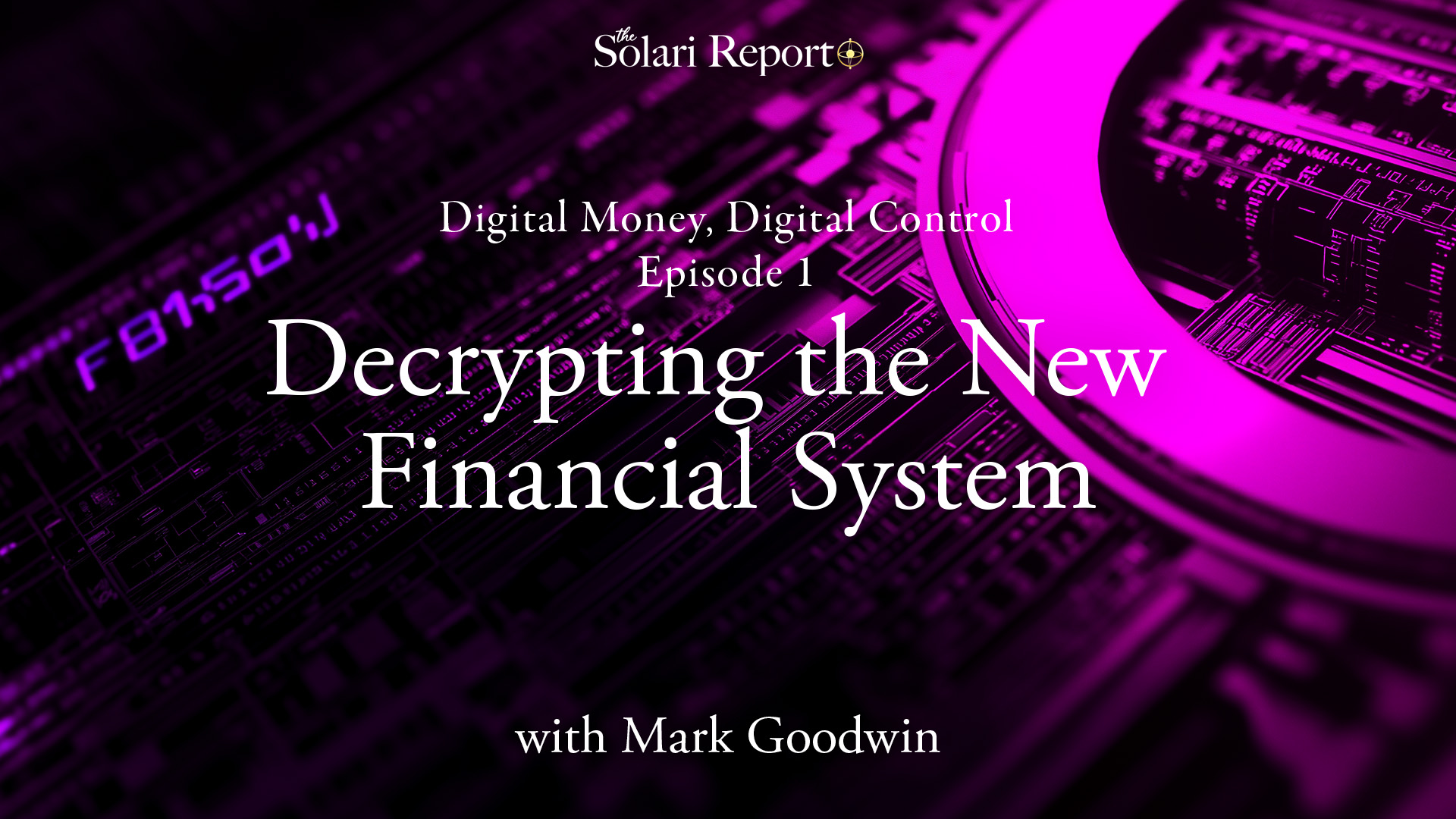By Tom Simonite
In 2012 the startup Pinterest became a peer of more established social sites by offering things that they didn’t—an attractive design, a focus on images rather than text, and a mostly female population of users. On Pinterest, people use virtual “pinboards” to curate collections of images related to their hobbies and interests, discovering new items for their virtual hoards on the boards of friends and in the site’s personalized recommendations. Tom Simonite, MIT Technology Review’s senior IT editor, recently spoke with Ben Silbermann, Pinterest’s cofounder and CEO, about the company’s popularity.
– What was the need you were trying to fill when you created Pinterest?
We started making Pinterest around 2009, when there was a lot of attention being paid to social services that were focused on real-time text-based feeds like Facebook and Twitter. We felt the things that we enjoyed doing in the real world were hard to express in that format. The thing that was really exciting for us was that people started creating pinboards for things that they were actually going off and doing in their life. That early user base set the tone and the expectation that the way you use it is to get inspired and plan to do things, whether that was redecorating your home or planting a garden.






